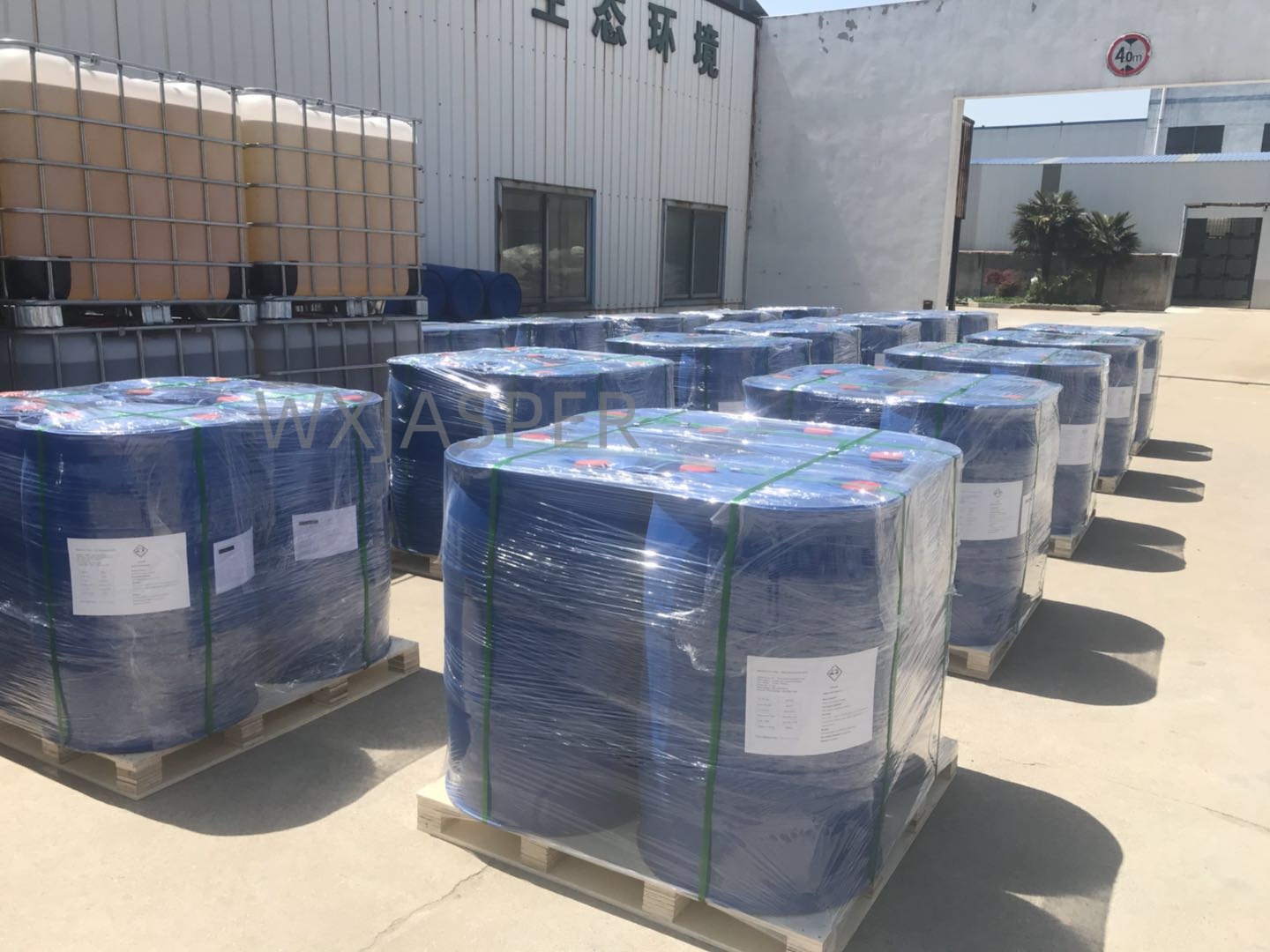Your Location:Home > Products > Solvents > TERMUL 1284



CasNo: 61791-12-6
Appearance: liquid
Delivery Time: 15 days
Packing: 200kg/drum
Purity: 99%
1. Basic Attributes
2. Core Physicochemical Properties
| Index Item | Presumed Standard Range | Description |
|---|---|---|
| Appearance (Room Temperature) | Light yellow to brown-yellow viscous liquid | No stratification or sedimentation; may be semi-solid at low temperatures (<10℃) and regain fluidity when heated |
| Acid Value | ≤2.0 mg KOH/g | Reflects the degree of ester bond hydrolysis; lower values indicate better storage stability |
| Saponification Value | 40-50 mg KOH/g | Characterizes ester group content, positively correlated with emulsifying ability |
| Hydroxyl Value | 60-80 mg KOH/g | Reflects the content of unreacted hydroxyl groups, affecting hydrophilicity |
| Surface Tension (0.1% aqueous solution) | 35-40 mN/m | Good wetting ability, can reduce the surface tension of solid particles |
| Solubility | Soluble in water, ethanol, propylene glycol | Insoluble in mineral oil, dispersible in vegetable oil |
3. Functions and Typical Application Scenarios
Core Functions:
Typical Application Fields:
4. Usage Specifications and Precautions